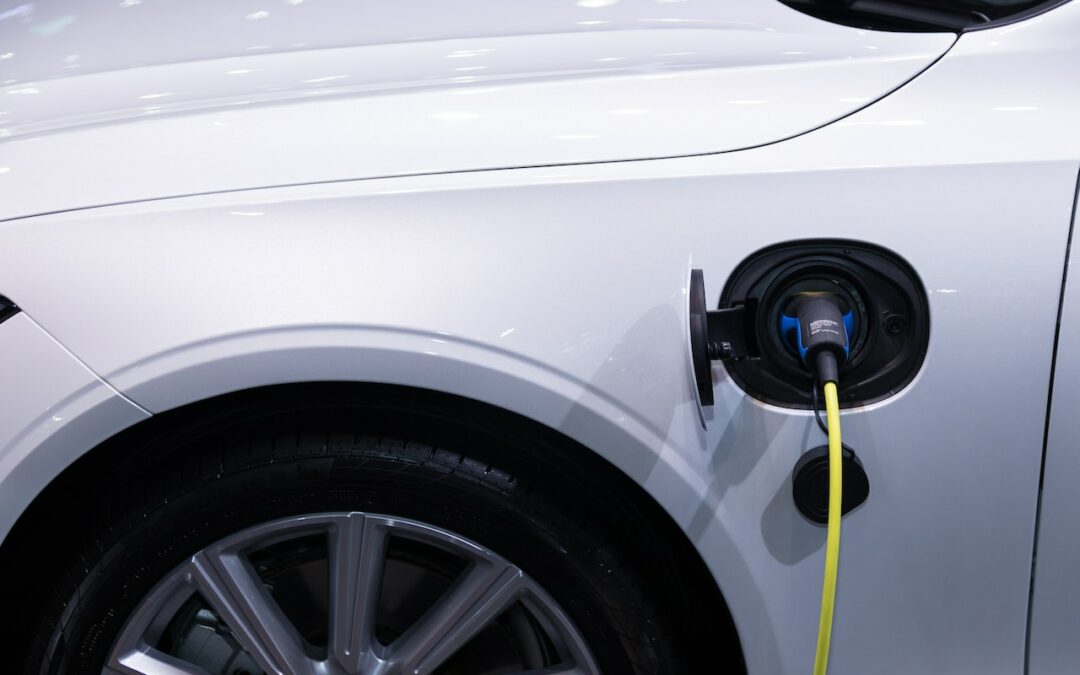
by Komoneed | Jul 24, 2025
You might think your daily home habits are harmless, but some quietly contribute to environmental…
The post 7 Seemingly Harmless Household Habits Wrecking the Environment appeared first on Earth911.
by Komoneed | Jul 24, 2025
Generative AI is rapidly transforming creative industries, from art and fashion to architecture, forcing a rethink of how tradition and innovation can coexist. A remarkable 83% of creative professionals have now integrated AI tools into their workflows, using platforms like Midjourney and Stable Diffusion to jumpstart the design process. At the same time, sustainable design […]
The post Preserving Heritage While Innovating: How AI is Reshaping Design for a Sustainable Future appeared first on Sustainability Times.

by Komoneed | Jul 22, 2025
Have you come across refill stores? Bring your reusable bottles and fill them from the store’s selection of cleaning products, shampoos, conditioners, and other skin care items. While stores aren’t found in every area, refill stores are appearing in more areas.Why use refillable household products? It lowers the amount of single-use plastic you consume. The […]
The post Refillable Household Products: Reducing Single-Use Plastic Reliance appeared first on RecycleNation.

by Komoneed | Jul 22, 2025
In order to boost sales, MG is announcing its own a £1,500 grant for some of its EVs

by Komoneed | Jul 22, 2025
Planning approval has been granted for Energys’ green hydrogen production facility in Hastings, Victoria, after 18 months of dedicated engagement with the Victorian planning system.
This project represents a significant step forward in Australia’s energy transition. The commercially focused green hydrogen B2B industrial supply initiative is aimed at displacing grey hydrogen currently produced from natural gas.
At the core of the facility will be a 1 MW proton exchange membrane (PEM) electrolyser, powered by grid electricity during periods of surplus renewable generation and low wholesale energy prices.
Under a strategic agreement, Coregas — an Australian producer of liquid hydrogen — will operate the site and manage all downstream logistics including compression, liquefaction, cylinder and trailer filling, and distribution to end users. Hydrogen produced at the Hastings facility will be marketed and sold under commercial terms through Coregas to a growing base of industrial and mobility customers.
“This project positions Victoria at the forefront of green hydrogen innovation,” said Roger Knight, CEO of Energys. “By displacing emissions-intensive grey hydrogen with a zero-carbon alternative, we are making a tangible contribution to decarbonising key sectors such as industrial gas, transport and stationary energy.”
Green hydrogen supplied from this site will reduce emissions in the stationary power along with road and marine transport markets through the displacement of diesel.
Energys’ core activity is the manufacture of hydrogen fuel cell power systems and this project will supply green hydrogen to the Victorian market including the company’s customer base.
The project’s operating model leverages grid flexibility, utilising electricity during periods of excess supply, which aligns with broader energy market goals of enhancing system stability and integrating renewable energy.
This development reinforces the company’s commitment to advancing practical, scalable clean energy solutions that support Australia’s net-zero ambitions and foster a low-emissions future.
Energys received support from the Victorian Government through The Renewable Hydrogen Commercialisation Pathways Fund (CPF).
Image caption: 3D render of the Hastings facility. Image: Supplied




